Ballet is more than a profession – it is a way of life. – Margot Fonteyn
Awhile ago a friend and I were talking about religion. She belonged to a church whose ideology was based on the idea that there is no one ideology – God cannot be found in one form. As a teen, her religious education involved sitting in on hundreds of different services of worship. Visiting cathedrals, mosques, temples and synagogues. After completing her year-long tour of the various religions, she would return to her church and report on what she learned. She could then build her own religion based on what she found most inspiring and enlightening to her.
I realized, then and there, I didn’t want to belong to that kind of church, but belong to that kind of life. And instead of just looking at different religions, I wanted to look at different ways of living. Then again, my fried pointed out, maybe they’re the same thing. How we live is built around what we believe.
So what do I believe? I’m still not sure. Maybe I believe in the quest. The striving for perfection. For I’m always searching for new ways to be better. New techniques, habits, philosophies to try. Something out there that will stick with me, alter some screw, change me slightly for the better. What I’ve found so far is there are thousands of worlds within this one. Thousands of religions that can’t be found in churches.
Ballet is a world I’ve always been attracted to. An avid fan of the sport, I knew from a young age I didn’t have what it took to be a ballerina– which may be why I’m so attracted to it. Because I know, as Martha Graham once said, “if people knew how very difficult dancing is, rather like bull-fighting actually, they wouldn’t enjoy watching it quite so much.” To be a ballerina is to indoctrinate yourself into a rigorous education. Its guiding principles built on discipline, persistence, and self mastery. The same way the Buddhists monks will endure months or years of silence for enlightenment, ballerinas will endure years of pain for beauty.
How could anyone put themselves through that? What’s the point of it? We question their motives the same way we question the religious habits of those we don’t understand. But just like all types of outsiders, we can’t understand the peace their unique set of rituals bring. What rewards lay beyond their tests of endurance. We can only study them, enjoy their ceremonies and gifts, and try and learn a thing or two from their way of life.
The first thing I’ve learned since studying the world of ballet is it attracts a very strong, determined class of women. Did you know Stevie Nicks, Audrey Hepburn, Alicia Vikander, Penelope Cruz and Zelda Fitzgerald were all ballerinas? I find tidbits like these interesting because of what it tells you about the person.
We get insights into people by learning what they’re interested in. What groups, religions, passions they associate themselves with. We make snap judgements when we hear someone’s a Catholic or a scientologist or a republican or democrat. Our brain automatically associates those people with ‘that group’ or ‘that religion’, well, what does ballerina tell you about someone?
If you want to understand what kind of person Penelope Cruz is, just listen to what she has to say about ballet: “The discipline that ballet requires is obsessive. And only the ones who dedicate their whole lives are able to make it. Your toenails fall off and you peel them away and then you’re asked to dance again and keep smiling. I wanted to become a professional ballet dancer. “
While Hepburn, Cruz and Vikander were all ballerinas as children and teenagers, Fitzgerald and Nicks were late bloomers to the barre, which makes their achievement and ambition in the sport that much stronger. So serious was her interest in ballet, in her late 20s, Nicks took Russian ballet lessons four times a week and would continue her plies and stretches while on tour. She also built her own ballet studio at her home in Phoenix.
“I have to do something else besides just rock & roll,” she said. Rock & roll is wonderful and I love it, but it’s not everything. It’s important for me to do other things. It always has been, though. I can’t live on just one thing; I’m a Gemini. Ballet is so physically difficult that if you have any problems or are worried about anything and you do it for just fifteen, twenty minutes, you can’t think about anything but this.”
The second thing I’ve learned is the principals of the training don’t leave when ballerinas stop dancing. Though the sport is known for its short window of opportunity, the training of it is so rigorous and demanding it imprints itself on you for the rest of your life. Ballerinas will always be ballerinas.
Today, Not Yesterday
Going to class every morning is humbling. You’re always working to improve, and you’re always being critiqued on your next performance. It’s not about what you’ve done. There’s always room to grow.
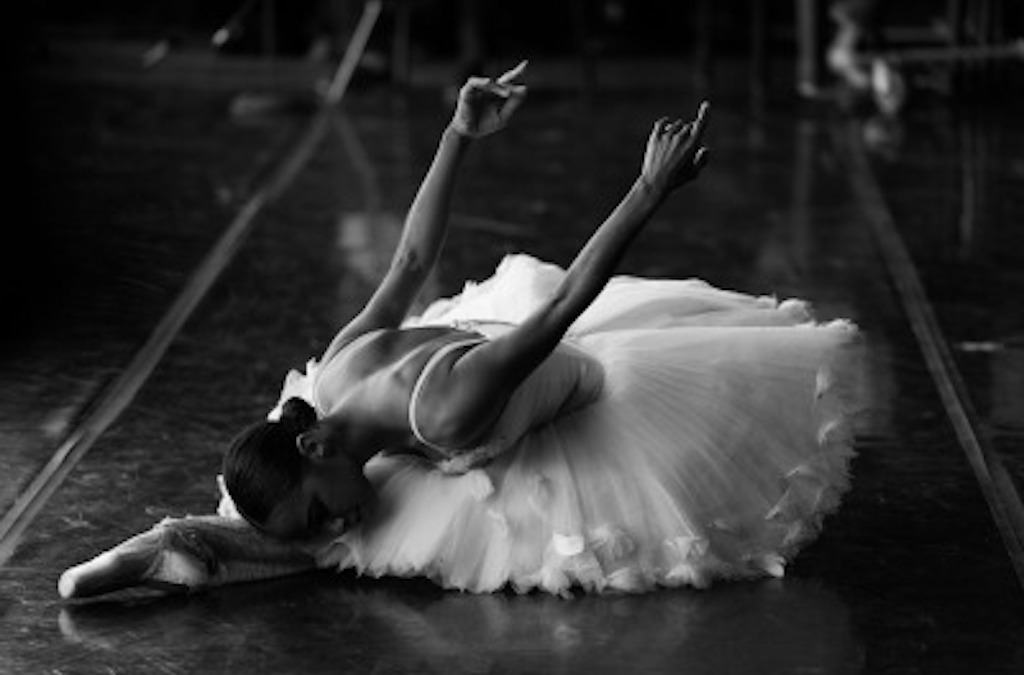
Misty Copeland is an American ballet dancer for American Ballet Theatre – one of the three best dance companies in the United States. On June 30, 2015, Copeland became the first African American woman to be promoted to principal dancer in ABT’s 75-year history.
Considered a prodigy, Copeland did not start ballet until she was thirteen years old when her classically trained high school drill team coach noted her elegance and grace. Living in a motel with her siblings and mother, her drill coach convinced Copeland to attend a ballet class and had her friend give her free lessons at once a week . After observing the classes, Copeland started to practice and after three months of study was en pointe.
Advice From Misty Copeland: Know that you can start late, look different, be uncertain and still succeed.
Practice Is Love
Practice means to perform, over and over again in the face of all obstacles, some act of vision, of faith, of desire. Practice is a means of inviting the perfection desired.
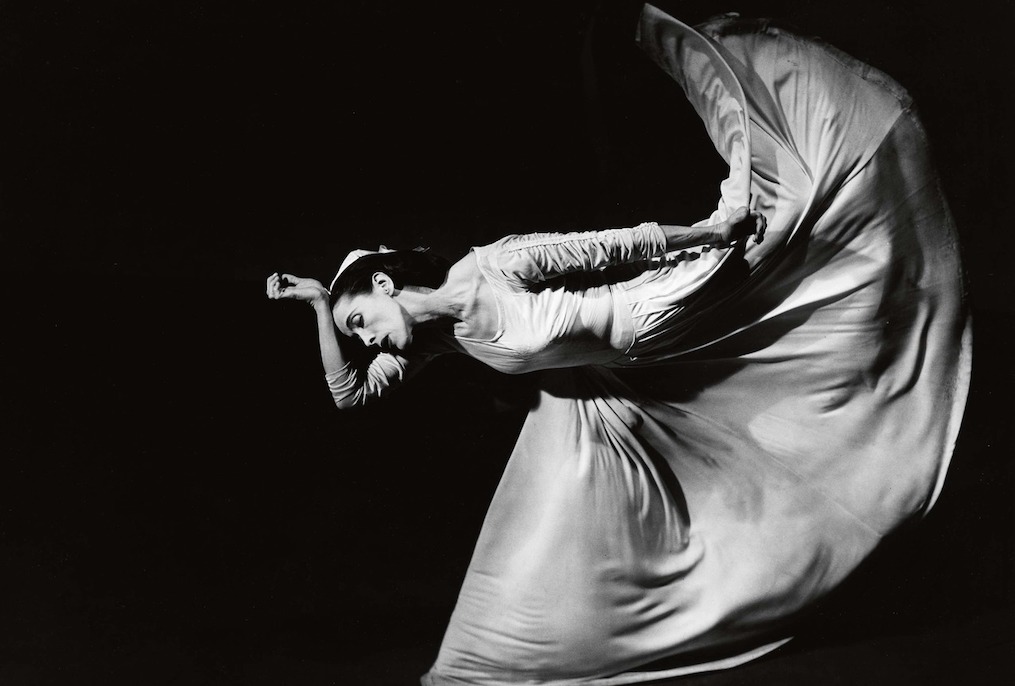
I believe that we learn by practice. Whether it means to learn to dance by practicing dancing or to learn to live by practicing living, the principles are the same.
Martha Graham is considered the mother of modern dance. Born in 1894, she was the first dancer to perform at the White House, travel abroad as a cultural ambassador, and receive the highest civilian award of the US: the Presidential Medal of Freedom with Distinction. In her lifetime she received honors ranging from the Key to the City of Paris to Japan’s Imperial Order of the Precious Crown. In 1926 she founded The Martha Graham Dance Company, as a contemporary dance company, it continued to perform pieces, revive classics, and train dancers even after Graham’s death in 1991. It is known for being the oldest American dance company.
Advice From Martha Graham: Dancers keep looking for the perfect teacher without realizing that it’s all there within themselves. They have to be responsible for themselves. You teach yourself; the teacher is the guide. If you do not hear the advice, corrections, and words of your guide, it makes no difference how great the teacher. You will never dance.
Keep Well Rounded
A dancer should learn from all the arts. Go to museums and look at the paintings. See how they balance things. Everything you do in the arts enriches you.
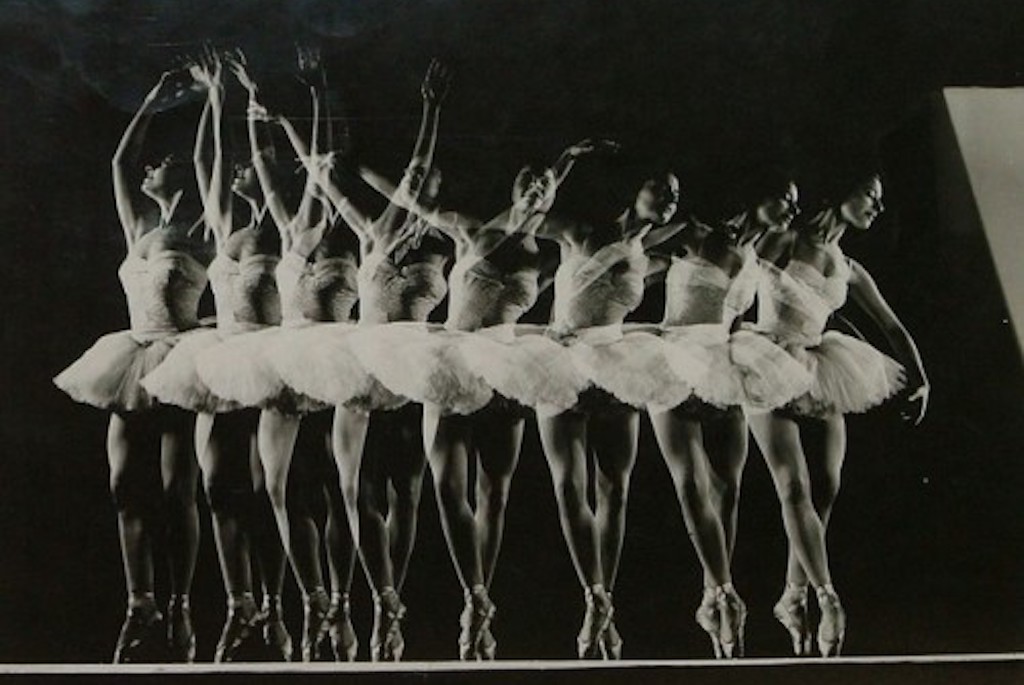
Photographed by Gjon Mili in 1944 for Life Magazine.
Alicia Alonso was a Cuban prima ballerina assoluta and choreographer whose company became the Ballet Nacional de Cuba in 1955. At the age of 19 she became partially blind due to an eye condition. After a third unsuccessful operation was ordered to lie completely motionless in bed for an entire year. Her husband sat with her every day, using their fingers to teach her the great dancing roles of classical ballet. She recalled, “I danced in my mind. Blinded, motionless, flat on my back, I taught myself to dance Giselle.
Finally allowed to leave her bed, dancing could still not be considered. Against doctor’s orders, she went to the ballet studio down the street every day to practice. Just as her hope was returning, Alonso was injured when a hurricane shattered a door in her home, spraying glass splinters onto her head and face. Amazingly, her eyes were not injured. When her doctor saw this, he cleared Alonso to begin dancing, figuring if she could survive an explosion of glass, dancing could do no harm.
Success Is Built In Moments
The moment is everything. Don’t think about tomorrow; don’t think about yesterday: think about exactly what you’re doing right now and live it and dance it and breath it and be it.
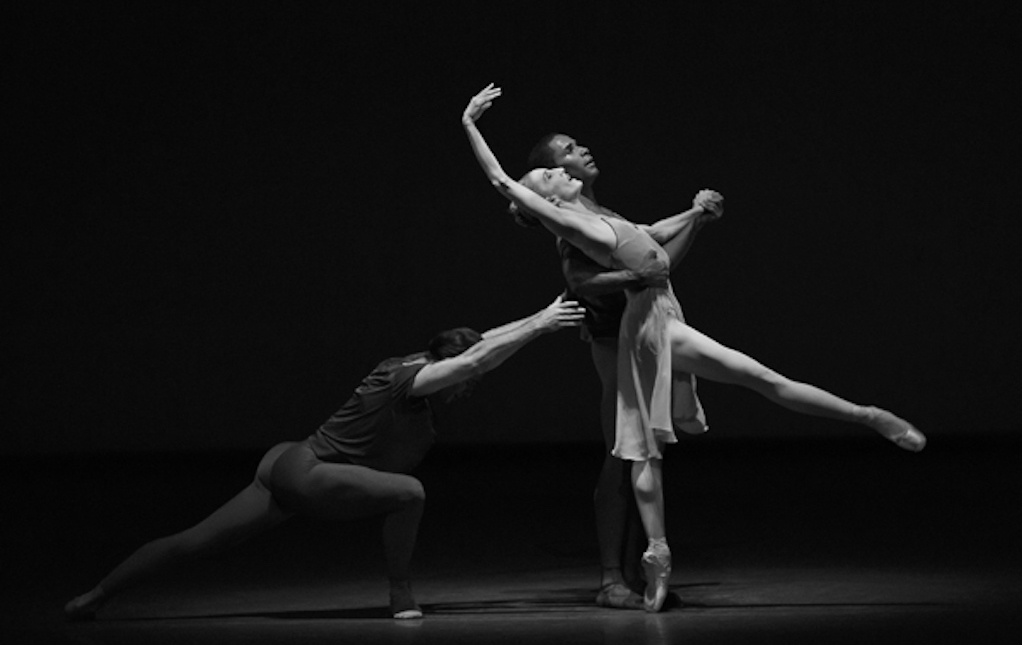
Wendy Whelan is a former principal dancer with the New York City Ballet for a span of thirty years. In 2019, she was named Associate Artistic Director of New York City Ballet.
Beginning her dance training with local teacher at the age of three, at twelve she was diagnosed with severe scoliosis. To help correct the curvature in her spine, she wore a heavy plaster cast while in ballet class. In 1981, at the age of 14, she received a scholarship to the summer course at the School of American Ballet, the official school of New York City Ballet, joining as a full-time student a year later. Her documentary, Restless Creature, about her retirement from dancing at the age of 45 is an incredible portrait of struggle, change, endurance and beauty. You should definitely check it out.
Advice From Wendy Whelan: You have to decide when it is time to move on.
Achievement Through Perseverance
To tend, unfailingly, unflinchingly, towards a goal, is the secret of success.
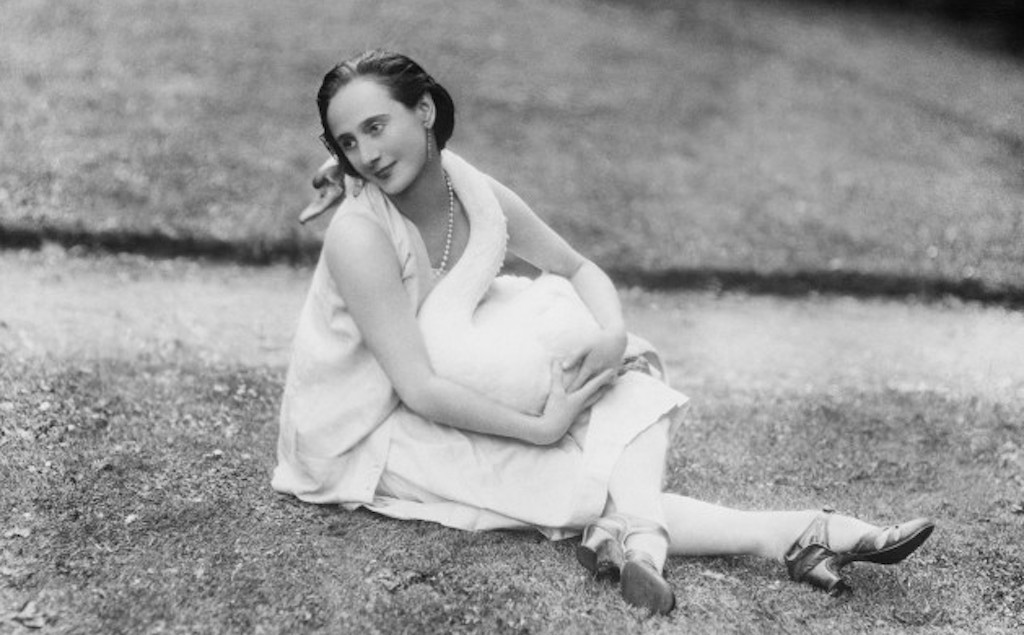
Anna Pavlova was a Russian prima ballerina for the Imperial Russian Ballet. Most recognized for her creation of the role of The Dying Swan and, with her own company, becoming the first ballerina to tour around the world, including South America, India and Australia.
Unlike many ballerinas who achieve her status, ballet did not come easily to her, even as a young child. Her body was not the standard ballerina type for the time and many of the poses were more difficult to master. Thought too tall and with feet too arched to ever ascend the ranks of prima ballerina, her classmates taunted her with such nicknames as The broom and La petite sauvage. Undeterred, Pavlova trained to improve her technique. She would practice and practice after learning a step, saying to herself, “No one can arrive from being talented alone. God gives talent, work transforms talent into genius.” She took extra lessons, sought out extra teachers and by eighteen, entered the Imperial Ballet a rank ahead of corps de ballet as a coryphée.
Advice From Anna Pavlova: It is by the steady elimination of everything which is ugly – thoughts and words no less than tangible objects – and by the substitution of things of true and lasting beauty that the whole progress of humanity proceeds.
Structure Is Imperative
There is no way anything of value can be done without some framework. It might well be that the framework is discarded or the rules opposed; that is not important. What is essential is that they exist so that one knows when one is in opposition to them.
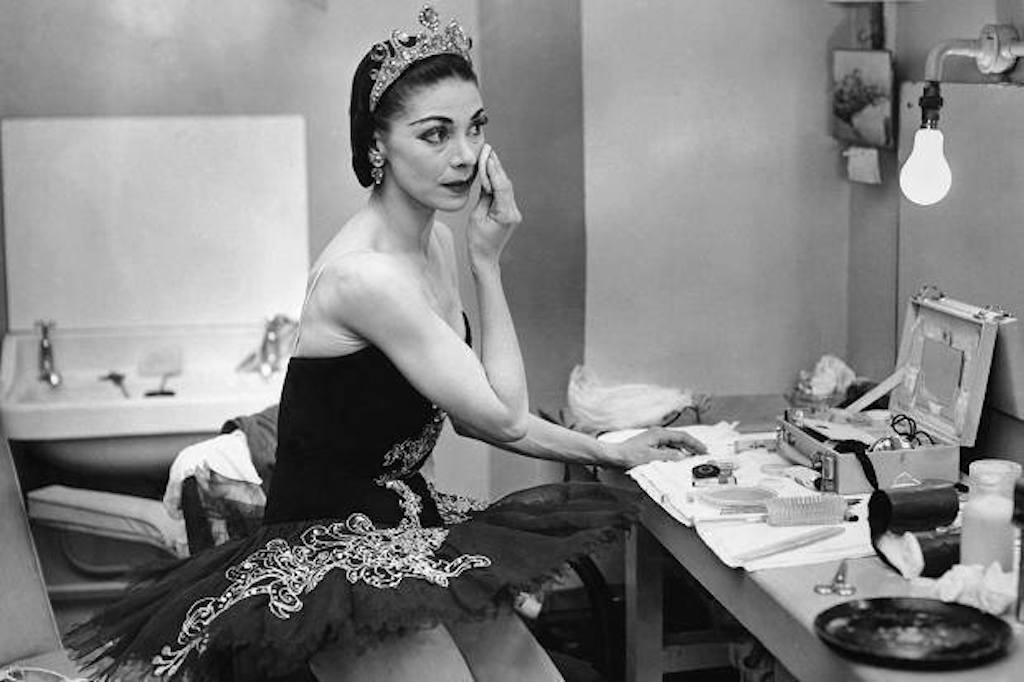
Margot Fonteyn was an English ballerina who spent her entire career as a dancer with the Royal Ballet, eventually being appointed prima ballerina assoluta of the company by Queen Elizabeth II.
In 1961, when Fonteyn was considering retirement, Rudolf Nureyev defected from the Kirov Ballet while dancing in Paris. Fonteyn, though reluctant to partner with him because of their 19-year age difference, danced with him in his début with the Royal Ballet in Giselle on 21 February 1962. The duo immediately became an international sensation, each dancer pushing the other to their best performances. Said to be the best ballet partners in history of Ballet, watch Margot Fontey and Rudolf Nureyev perform a scene from Giselle.
Advice From Margot Fonteyn: Dancing was something to be taken very seriously when engaged in and otherwise put out of mind.
